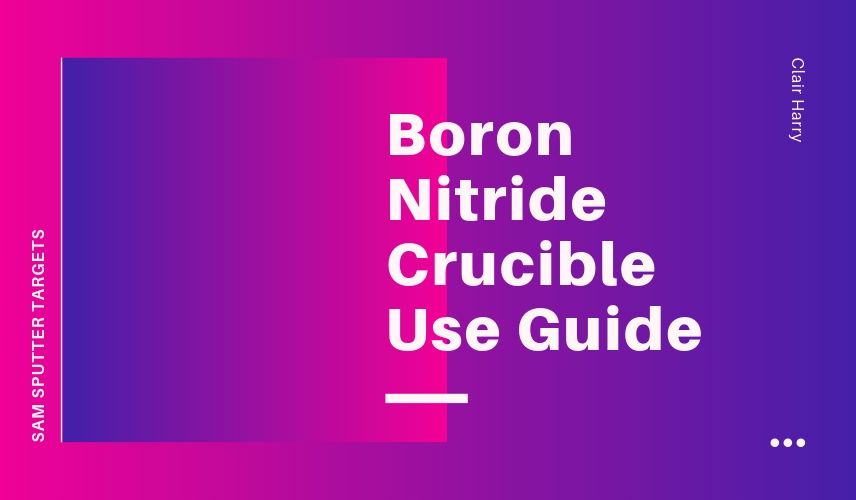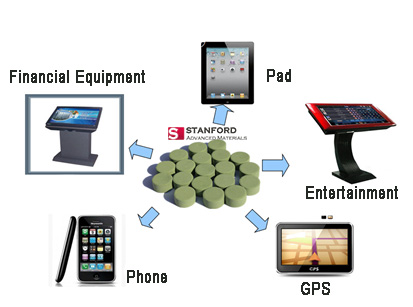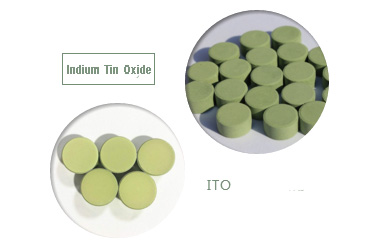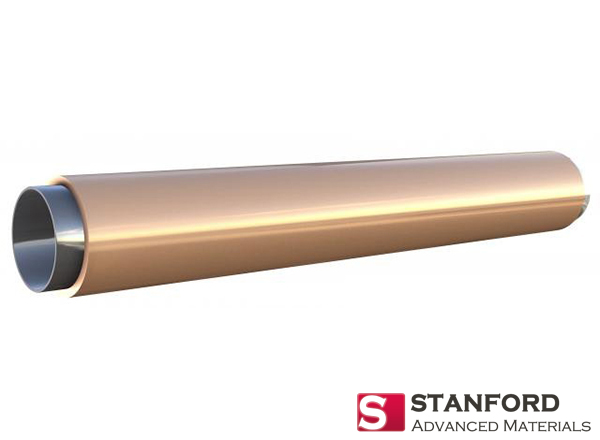Boron nitride crucible is used at a temperature of approximately 1800 degrees under vacuum and at a temperature of approximately 2100 degrees under atmospheric protection, making it ideal for ultra-high temperature forging.
BN crucible is best used in the nitrogen or argon atmosphere and has the longest life in that environment. The thermal resistance of boron nitride crucible is good. Even if the temperature suddenly becomes cold when it is used at 1500 degrees, it will not crack; after holding it for 20 minutes in a 1000 degree furnace, take it out and blown and quenched it continuously for hundreds of time, it won’t crack, either.
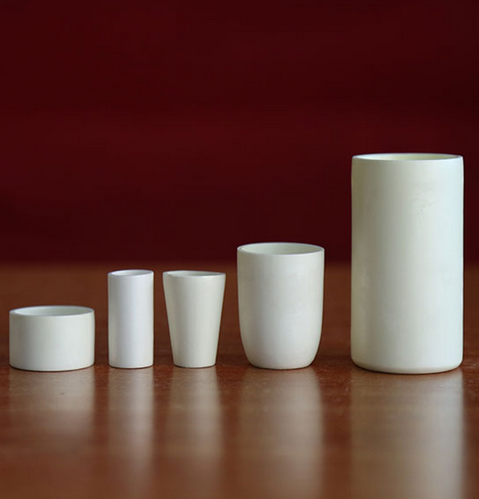
Precautions for use
1 When boron nitride is used in air, the temperature should not exceed 1000 degrees; if the temperature exceeds 1000 degrees, the contact surface of boron nitride and oxygen will oxidize and peel off.
2 Boron nitride is easy to absorb moisture, so BN crucible can not be stored in wet areas, can not be washed, but can be directly wiped with sandpaper or scrubbed with alcohol.
3 Applications of boron nitride
[Available materials]
- Ferrous metal: iron, copper, aluminum, nickel, magnesium, bismuth, zinc, etc., alloy FE-CO-NI-SI CO-ZR-NB
- Does not react with water or acid at normal temperature. Slowly hydrolyze with water to form boric acid and ammonia
- Rare earth, nitride
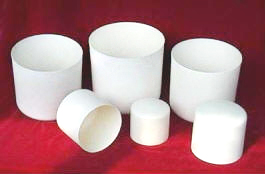
[Unavailable materials]
- Antimony trioxide, chromium oxide pentoxide, molybdenum trioxide, arsenic trioxide, titanium carbide, etc.
- The high-lead glass glaze melts in the air at 800-950 °C, but it does not react under the protection of nitrogen or inert gas. 3. Boron phosphate erodes boron nitride in 1400 ° nitrogen, and reacts with hot concentrated or molten alkali and hot chlorine.
For more information about evaporation e-beam source used crucibles, please visit https://www.sputtertargets.net/e-beam-source-used-crucibles.html.

